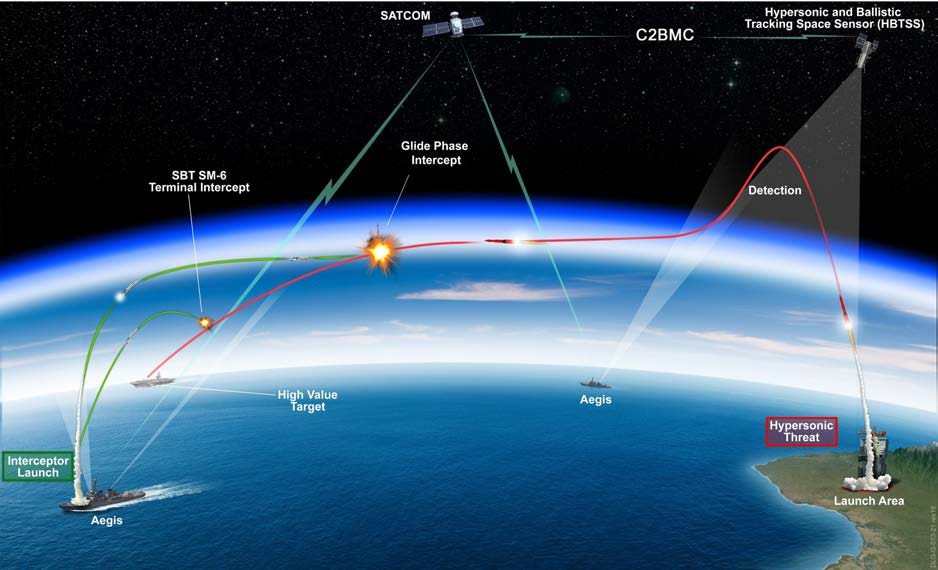
Nuclear submarines set to replace conventional ones in Indian Navy’s 30 year submarine plan

The roles of the Indian Navy in future would continue to extend across the entire spectrum of maritime operations; from peace keeping, through the low intensity segment to high-intensity conventional hostilities up to and including nuclear conflict. The challenges for Indian Navy mainly comprise of the expanding presence of neutral and multinational/ extra regional forces in the Indian Ocean Region (IOR). In the last two decades, the capabilities available with adversaries have grown considerably and are likely to only improve with time. The Indian Navy would therefore acquire adequate deterrent war fighting capabilities.
As part of 30 year submarine plan, India was to build 24 conventional diesel electric submarines as an effective deterrent against China and Pakistan by 2032. It got its approval by the Cabinet Committee on Security in July 1999. The idea behind this was help in streamlining the submarine acquisition process and creating two submarine production lines. The plan is currently operational with P75 submarines (Scorpene Class) being rolled out from the Mazagon Docks Ltd. The Indian Navy’s current strength consists of 15 conventional submarines (8 EKMs, 4 SSKs & 3 Kalvari class under P-75)besides two nuclear-powered submarines- INS Chakra (SSN) and INS Arihant (SSBN). The second indigenous SSBN, INS Arighat will be commissioned soon.
However, the rapid expansion of PLA Navy (PLAN) and the security concerns in the Indian Ocean Region have forced a rethink on the composition of type of submarines in the 30 year plan. Hindustan Times has reported that the Indian Navy has approached the government for approval to make amendments in the Cabinet Committee of Security (CCS) approved 30-year submarine building plan by replacing six conventional diesel electric subs with nuclear powered platforms in the context of changing strategic scenario in Indo-Pacific. RFI for construction of six diesel electric submarines under strategic partnership (SP) model (P75I) was issued in 2019 and Air Independent Propulsion (AIP) system technology was recently tested by DRDO which is a major breakthrough.
While the Indian Navy wanted six more AIP equipped diesel submarines to be added to complete the 30 year submarine force levels, based on the advice of national security experts, Navy has switched preference to nuclear attack submarine which is a much more potent platform with the capacity to stay below surface for months and only surface for crew change and logistics. The equatorial waters of Indian Ocean make submarines a very potent weapon due to temperature differences on surface and below water making it difficult to detect underwater objects. It is due to this phenomenon that the SSNs will act as a deterrent for both sea access and sea denial to the adversary.
If the cabinet approval for the change is given, next step would be to get the Acceptance of Necessity from MoD followed by inviting bids to construct six SSNs under SP model as part of Atmanirbhar Bharat. The project is expected to be completed in 10 years. Additionn of six nuclear powered submarines to its fleet would propel Indian Navy into a different league and facilitate exerting its influence over Indo Pacific region.

















POST COMMENTS (0)